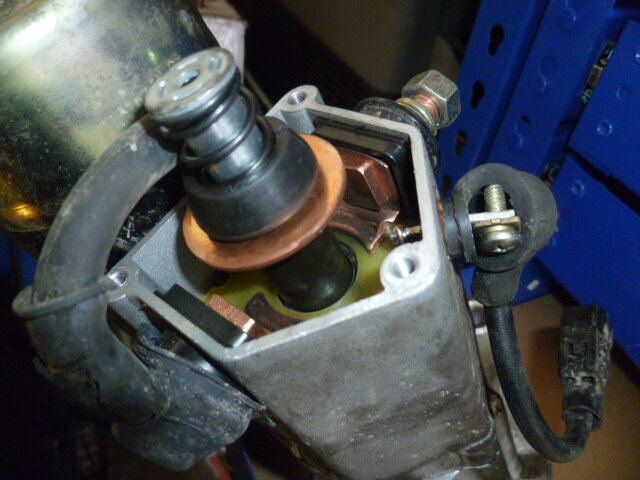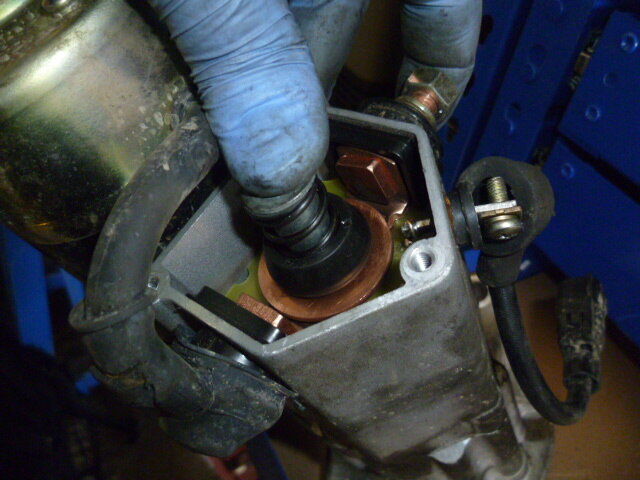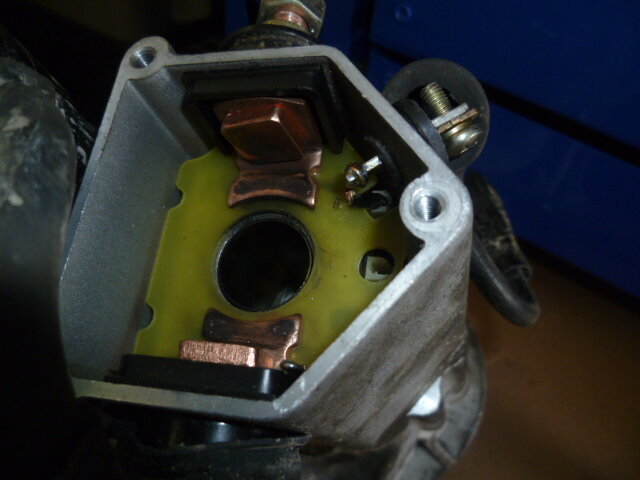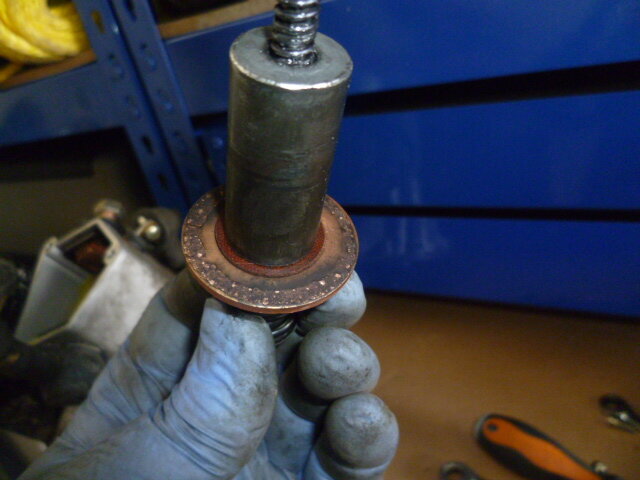Thanks to Jon,Gary,TP,Bat 21,Chris,Shayne,Frank,Dave 2000 for all the advice and assistance and apologies to anybody I have missed. As it is Saturday evening and I have just been presented with a medium rare fillet steak and a rather nice bottle of red i thought "sod it until Monday" But thanks again and I will have an update later.
Don't like the adverts? Click here to remove them
You are using an out of date browser. It may not display this or other websites correctly.
You should upgrade or use an alternative browser.
You should upgrade or use an alternative browser.
Non Starting
- Thread starter Compact3
- Start date
- Joined
- Feb 24, 2010
- Messages
- 2,026
- Country Flag
Ah okay, that rules out what I was going to suggest next.... I occasionally have the exact same symptoms, in my case it is the auto box inhibitor switch playing up.It is a 1995 manual GS model
A wise decision on a cold Saturday evening... As it is Saturday evening and I have just been presented with a medium rare fillet steak and a rather nice bottle of red i thought "sod it until Monday"....
There's a manual on here called something like RM437 which has a whole section on the starting system on the 1HD-FT and may be of use ...
Looks like 28300-17020 (for a 97 1HD-FT VX. Imagine yours is the same. Will be about £120 or so from Simon Holton for new. Karl may have one for you.
And as if by magic:
http://pages.ebay.com/link/?nav=item.view&id=251797445065&alt=web
Part number seems slightly different so please check before buying!!
http://pages.ebay.com/link/?nav=item.view&id=251797445065&alt=web
Part number seems slightly different so please check before buying!!
Don't like the adverts? Click here to remove them
It is stupid question time. Is the starter relay and the glow plug relay the same thing, the description in the Haynes manual would suggest as much. It is just that the terminals have different designations. I was interested in Frank,s reply stating the 80 series does not have glow plugs. I have downloaded the RMF
John
John
Your LC (1995 24valve GS right?) doesn't have glow plugs, the earlier 12valve models do. Yours has an intake air heater fed by a relay which sits underneath the offside battery and is completely different.
And neither model needs them to enable the engine to crank, also these engines tend to start even if they have no heater plugs/intake heater working.
regards
Dave
As I had the car in bits today, I thought I'd take the top off the starter just to show you what's actually inside.
This is the plunger

It plunges

These are the contacts

And here you can see the burning that's already starting to appear on the mating surfaces. Once all this lot gets fried, the two halves of the set up miss each other completely.

This is the plunger

It plunges

These are the contacts

And here you can see the burning that's already starting to appear on the mating surfaces. Once all this lot gets fried, the two halves of the set up miss each other completely.

Last edited:
Some good pics. As I said below the problem was the starter relay. Mr T wants's £135 + vat. The fact that the RAC guy started it while lying underneath and bypassing the relay would suggest that the motor is OK in itself. Should that decide to retire as well is the Milner's one a sensible choice. It was good to see a plunger plunging.
John
John
Towpack
Well-Known Member
As I had the car in bits today, I thought I'd take the top off the starter just to show you what's actually inside.
This is the plunger
View attachment 17243
It plunges
View attachment 17244
These are the contacts
View attachment 17245
And here you can see the burning that's already starting to appear on the mating surfaces. Once all this lot gets fried, the two halves of the set up miss each other completely.
View attachment 17246
I've always thought that a peculiar design personally. For the size of the solenoid assembly itself the actual contact area doesn't seem that big?
It's also a very strong spring. Must take an enormous magnetic suck to pull it in. I have always though that the burnt areas were arcing due to the fact that contact is so brief but with a great deal of current running across the contact. These things start on the touch so it must be like a mini lightening bolt in there
- Joined
- May 20, 2010
- Messages
- 5,822
Ill have anything needed if you drop me a pm.
I had a problem with my contacts burned out soon after I got my 81 fresh from Japan. I have a pal who has a rebuild works for starters and alternators etc. He got me a set of extended contacts that are twice as wide as the OE ones. Worked brilliantly until the screws holding the plunger cover fell out, letting the cover fall off and allowing the plunger to short the terminals and set fire to the loom and the inside of the solenoid housing.
So, what did I learn that day? LOCTITE THE SCREWS BACK IN!! Also that fire extinguishers are really handy and that I can disconnect both batteries in less than 30 seconds under duress[emoji15]
So, what did I learn that day? LOCTITE THE SCREWS BACK IN!! Also that fire extinguishers are really handy and that I can disconnect both batteries in less than 30 seconds under duress[emoji15]
- Joined
- Mar 1, 2010
- Messages
- 5,692
I bought a genuine Toyota plunger/contact set years ago. One of the contacts was double the size of the original. One side erodes more than the other. Since then I have made enormous ones out of a solid bar of copper. These last a long time and also reduced erosion of the plunger contact.
Sarmajornz
New Member
- Joined
- Apr 26, 2013
- Messages
- 49
- Country Flag
It concerns me greatly that someone would suggest connecting a jumper lead from a battery negative to the engine block without specifying which battery on a 12/24 system. Under no circumstances should you connect the negative terminal of the UK passenger side battery to the engine block and attempt to start the vehicle. This will result in short circuiting the middle of the 24 volt connected batteries to earth while trying to start the vehicle. Most of the jap import 80's had a plastic cover over the mentioned battery cautioning against attaching jumper leads to the battery. Of course that cover was usually removed and discarded sometime before the vehicle ever left Japan for lit new home.
Sarmajor
Sarmajor
You're absolutely right there Sarmajor. Might be better to say connect chassis to engine block. Also we don't know which side the driver sits (and I am assuming the batteries are fitted the same way whether it is RHD or LHD here). Only connect chassis to engine block unless you find the battery terminal connected to the body which on my RHD 81 is the very left hand terminal looking at the front of the vehicle.
Similar threads
- Replies
- 23
- Views
- 1K
- Replies
- 46
- Views
- 5K







